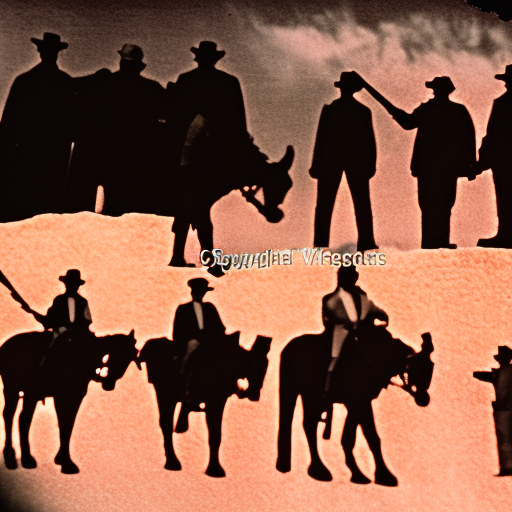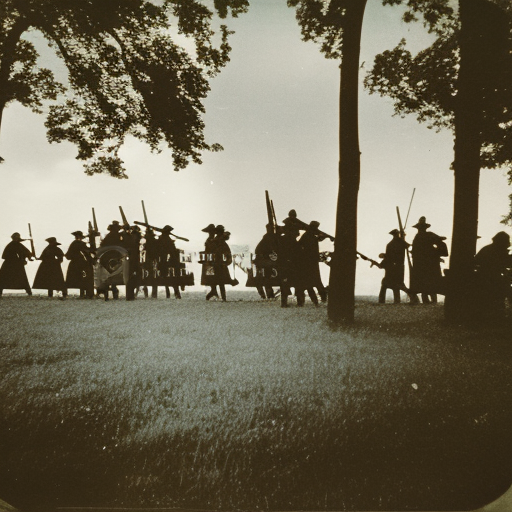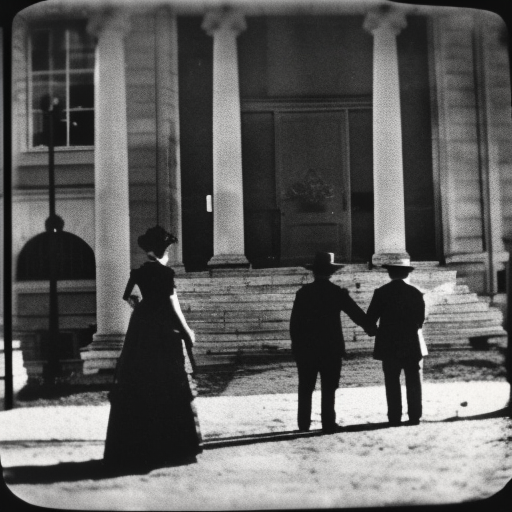The Specie Circular was an executive order issued by President Andrew Jackson in 1836, requiring payment for public lands to be made in gold or silver rather than paper currency.
The Wilmot Proviso (1846) Explained
The Wilmot Proviso was a failed attempt to ban slavery in territories acquired from Mexico, intensifying the sectional conflict between the North and the South in the United States.
The Ostend Manifesto (1854) Explained
The Ostend Manifesto was a controversial document that advocated for the acquisition of Cuba by the United States in 1854.
The Corrupt Bargain (1824) Explained
The Corrupt Bargain of 1824 refers to the alleged political deal that led to John Quincy Adams becoming president despite Andrew Jackson winning the popular vote.
The Tariff of Abominations (1828) Explained
The Tariff of Abominations (1828) was a highly controversial protective tariff passed by the United States Congress that led to sectional tensions and ultimately contributed to the Nullification Crisis.
The Era of Good Feelings (1815-1825) Explained
The Era of Good Feelings was a period of relative political harmony and economic growth in the United States following the War of 1812.
The Adams-Onís Treaty (1819) Explained
The Adams-Onís Treaty of 1819 resolved territorial disputes between the United States and Spain, leading to the acquisition of Florida and the establishment of the western boundary of the United States.
The Hartford Convention (1814) Explained
The Hartford Convention was a meeting of New England Federalists during the War of 1812, where they discussed their grievances and proposed amendments to the U.S. Constitution.
The Battle of Tippecanoe (1811) Explained
The Battle of Tippecanoe was a significant conflict between American forces and Native American tribes led by Tecumseh, marking a turning point in Native American resistance to westward expansion.
The American System by Henry Clay Explained
The American System was a comprehensive economic plan proposed by Henry Clay to promote national unity and economic growth in the United States.
The Compromise of 1850 Explained
The Compromise of 1850 was a series of legislative measures that aimed to address the issue of slavery and maintain the balance of power between free and slave states in the United States.
The Battle of Vicksburg (1863) Explained
The Battle of Vicksburg in 1863 was a pivotal Union victory during the American Civil War, securing control of the Mississippi River and dividing the Confederacy.




















